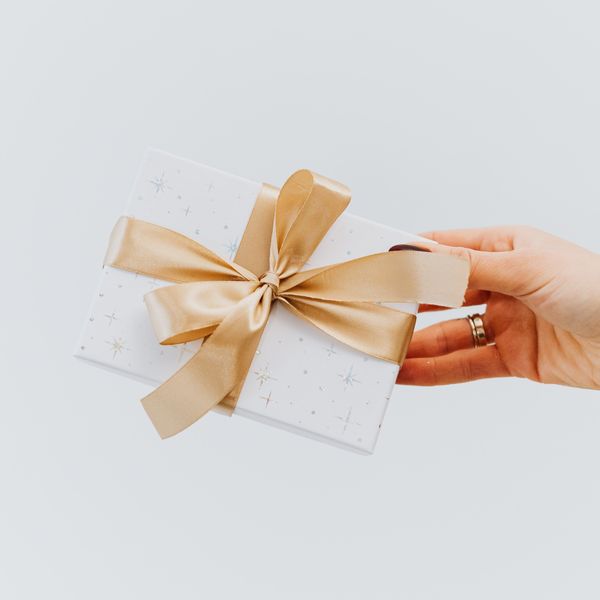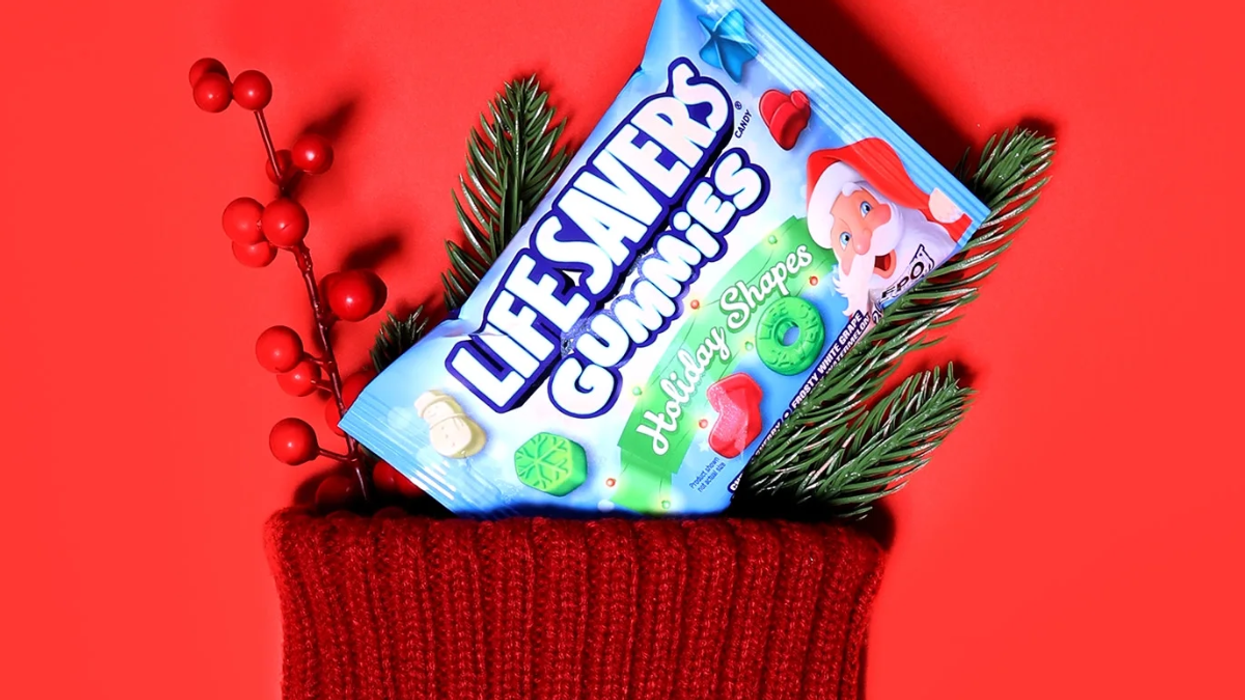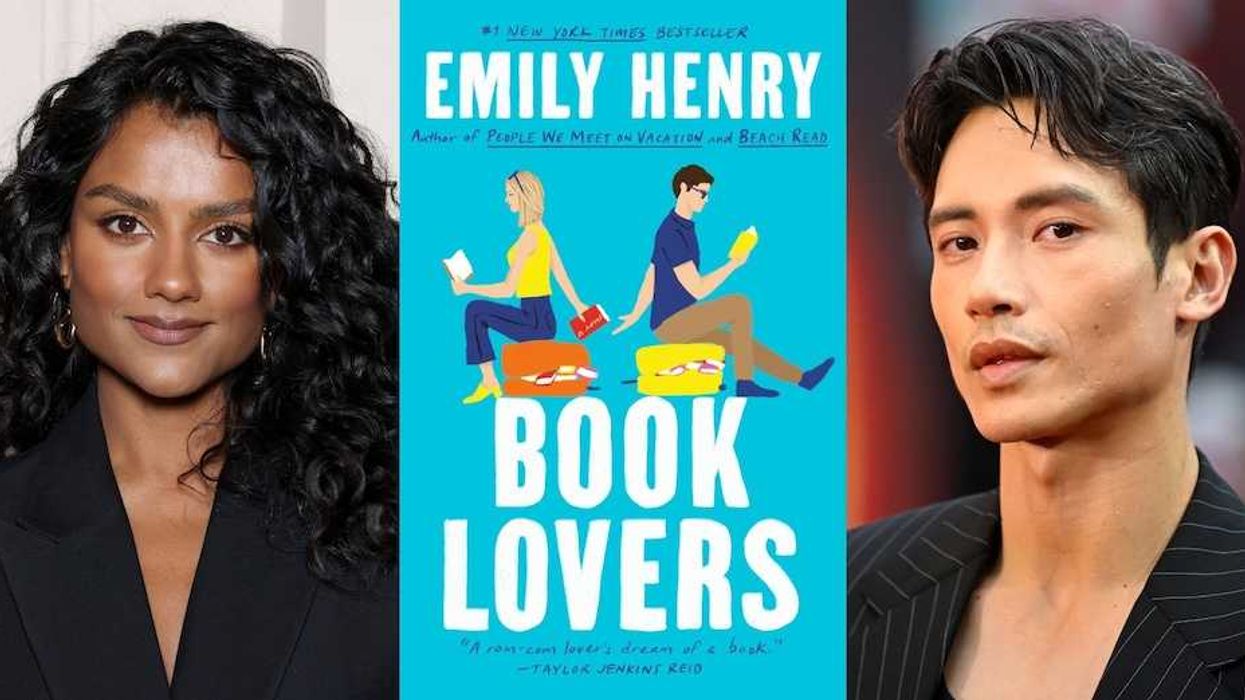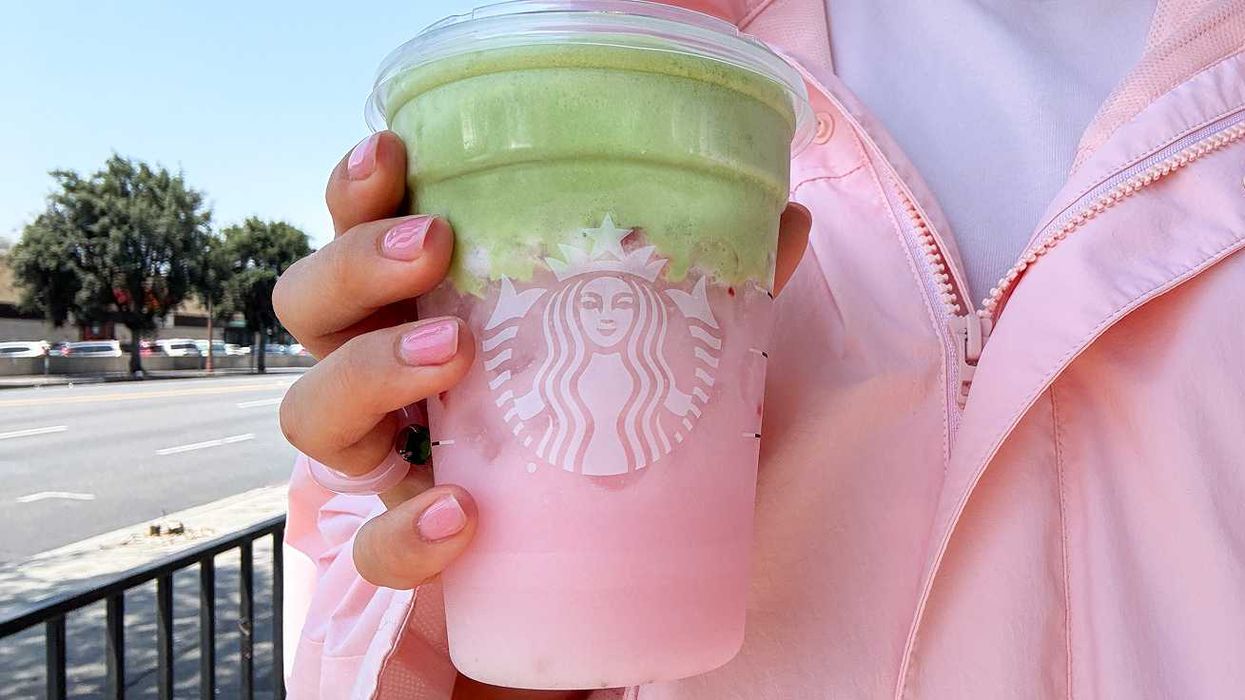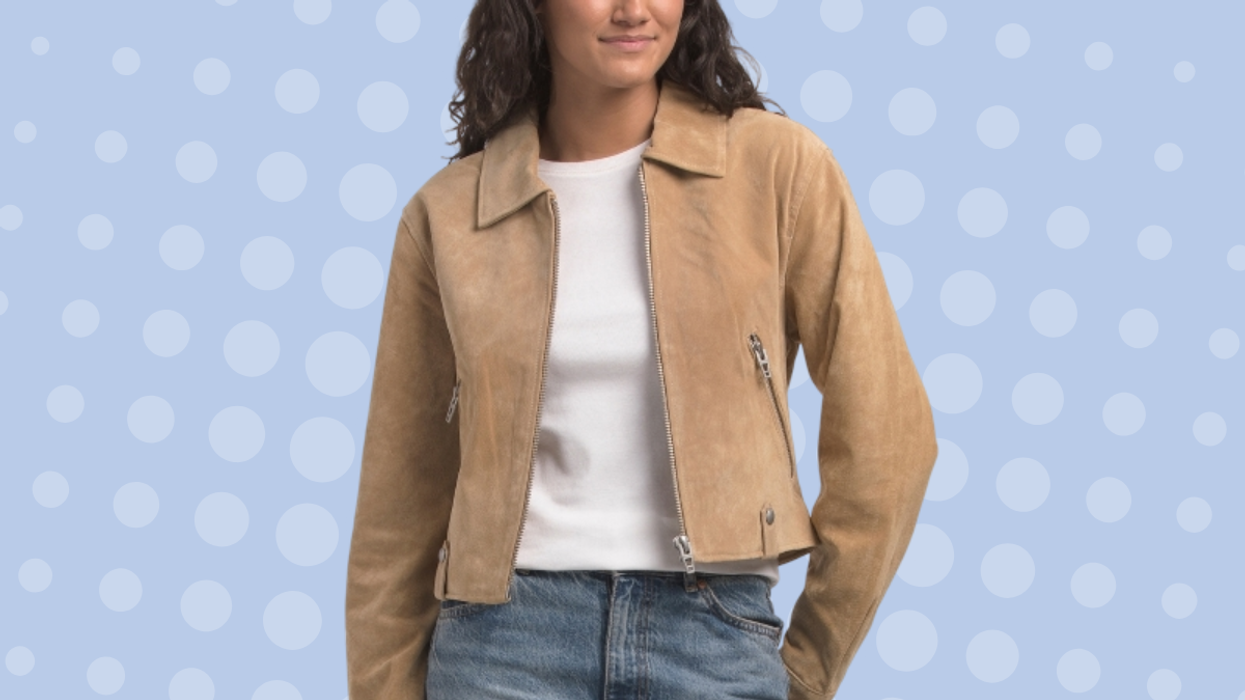Time to learn chalk art from an Insta-famous social celeb.
How to Create a Gorgeous Chalk Mural Like an Instagram Pro
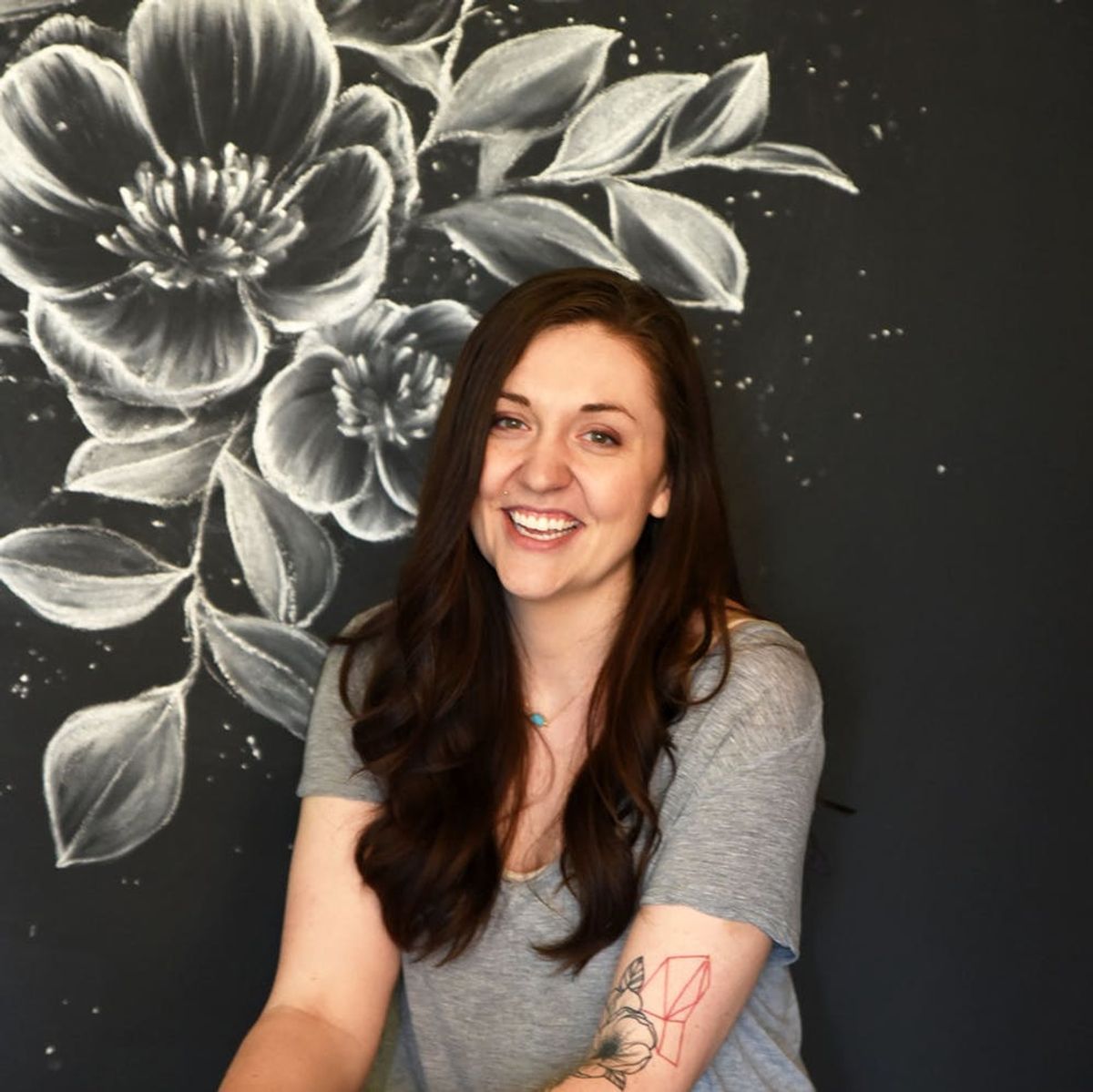
From writing and designing at Hallmark to creating unique artwork for an advertising agency, Instagram star Casey Ligon has always put an emphasis on her creativity. It was only a year and a half ago that she discovered a new talent in the ever-popular chalk art, which has since launched her to Instagram fame and enabled her to start a small business. Her trademark beautiful, ethereal chalk flowers often cause viewers to mistake her work for paintings. Lucky for us, Casey sat down to show us the step-by-steps for how to create a statement chalk wall. Read on to see how she did it!
Materials:
— chalkboard wall (Casey recommends Rust-oleum chalkboard paint if you’re making the wall)
— chalk (the dustier, the better!)
— damp cloth
Instructions:
1. If your chalkboard is new, rough it up a little with a quick, messy layer of chalk — this will give texture to your final masterpiece.
2. Drawing very lightly, sketch out one big flower as your anchor. Then lightly sketch out a bulb and a smaller flower to accent.
3. Using heavy pressure, trace back over the edges of the flowers. Then, using the tips of your fingers, pull down the extra chalk residue to create streaks that mimic the organic texture of flower petals. Repeat over all of the petals on your arrangement.
4. To form the centers, forcefully stipple the tip of your chalk onto your surface. Then lightly pull down the chalk residue with your fingers to create tiny lines.
5. Next, draw some branches and leaves around your flowers. Use the pull-down technique to add detail to each leaf.
6. Outline each petal and leaf to pronounce the shape, and clean up edges with a damp cloth as necessary.
7. If you like, add dots or stars around your arrangement to make it really stand out. And you’re done!
If your chalkboard is brand-spankin’ new and shiny black, it’s actually best to rough it up a little. Chalk residue can leave behind a nice texture that can help add dimension to your flower mural. One artful way to do it is to draw a crazy spiral, preschool style, and then erase it with a damp cloth in a circular motion. It may not look like much now, but it will leave the perfect extra detail to help your masterpiece stand out.
First, you need to create your “arrangement.” Drawing very lightly, sketch out one big flower as your anchor. Then lightly sketch out a bulb and a smaller flower as accents. A good rule of thumb is to draw a center that isn’t perfectly centered and five petals. For the bulbs, you’ll want to sketch out just three petals. Ligon stresses the importance of letting yourself make mistakes during this stage. As experienced as she is, she often has to “make herself” make mistakes in order to achieve the organic feel of real flowers. “Flowers are natural,” she says. “Once you let go, suddenly they look like flowers.”
One you’ve sketched the base of your arrangement, use heavy pressure to trace back over the outline of the flowers. Then, using the tips of your fingers, pull down the extra chalk residue to create streaks that mimic the organic texture of flower petals. Repeat over all of the petals on your arrangement.
To form the centers, forcefully stipple the tip of your chalk onto your surface. Then lightly pull down the chalk residue with your fingers to create tiny lines.
Next, draw some branches and leaves around your flowers. Use the pull-down technique to add detail to each leaf. Then outline each petal and leaf to pronounce their shape, and clean up edges with a damp cloth as necessary.
Pro Tip: To create the illusion of light, make some leaves lighter on one half than the other.
If you like, add dots or stars around your arrangement to make it really stand out. Casey uses her chalky fingertips to dapple all over the chalkboard and create round smudges. She also uses the tip of the chalk to create star-like dots, something she started doing with a Harry Potter-themed piece, and adopted as a permanent part of her process. Whatever small details you choose to include, be sure to balance it out by creating some areas of higher concentration with the speckling than others.
And you’re done! That was easier than you thought, right? Thank you, Casey, for sharing your expertise!
Will you be trying out this DIY? If so, we want to see the results! Share your final masterpiece with the hashtags #britstagram and #iamcreative so we can take a look.


